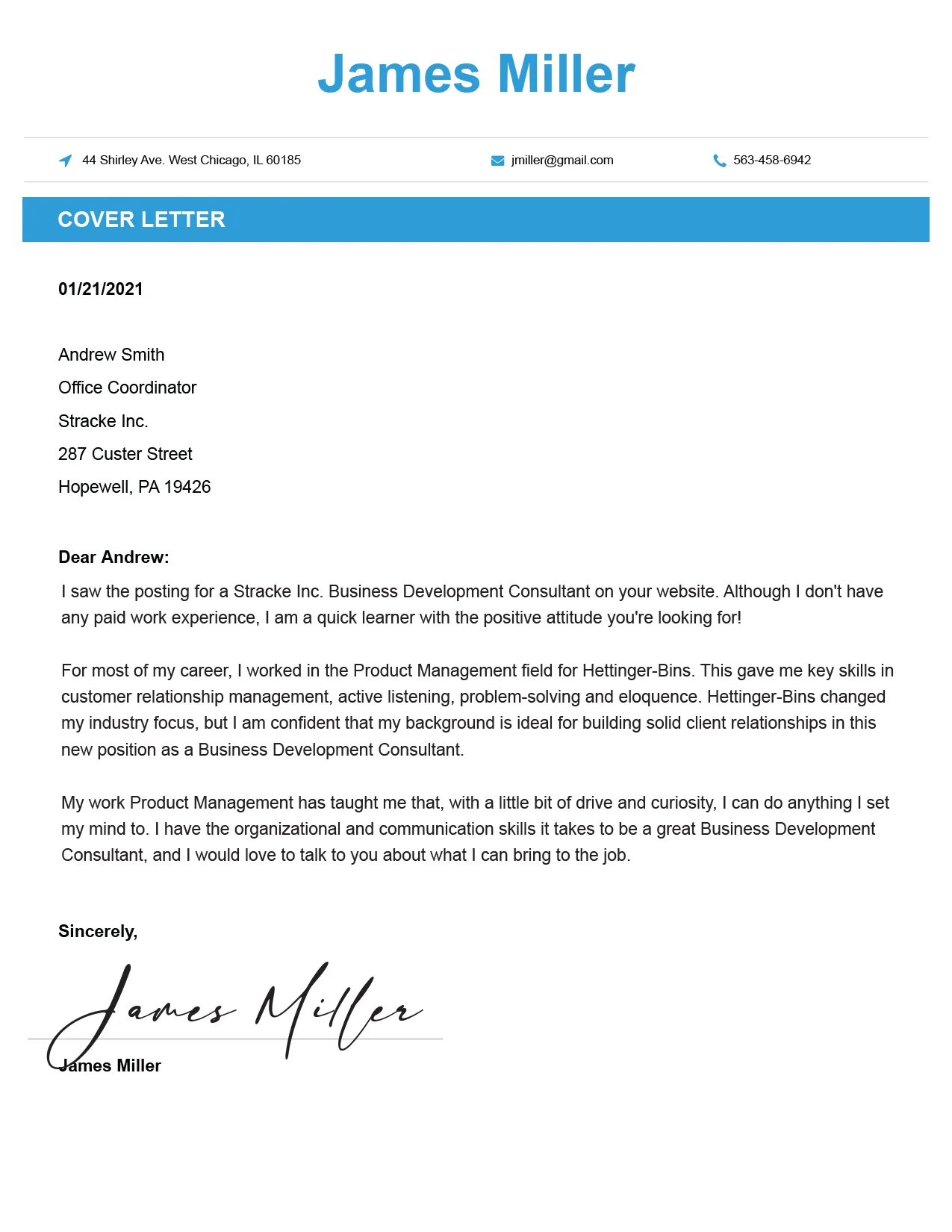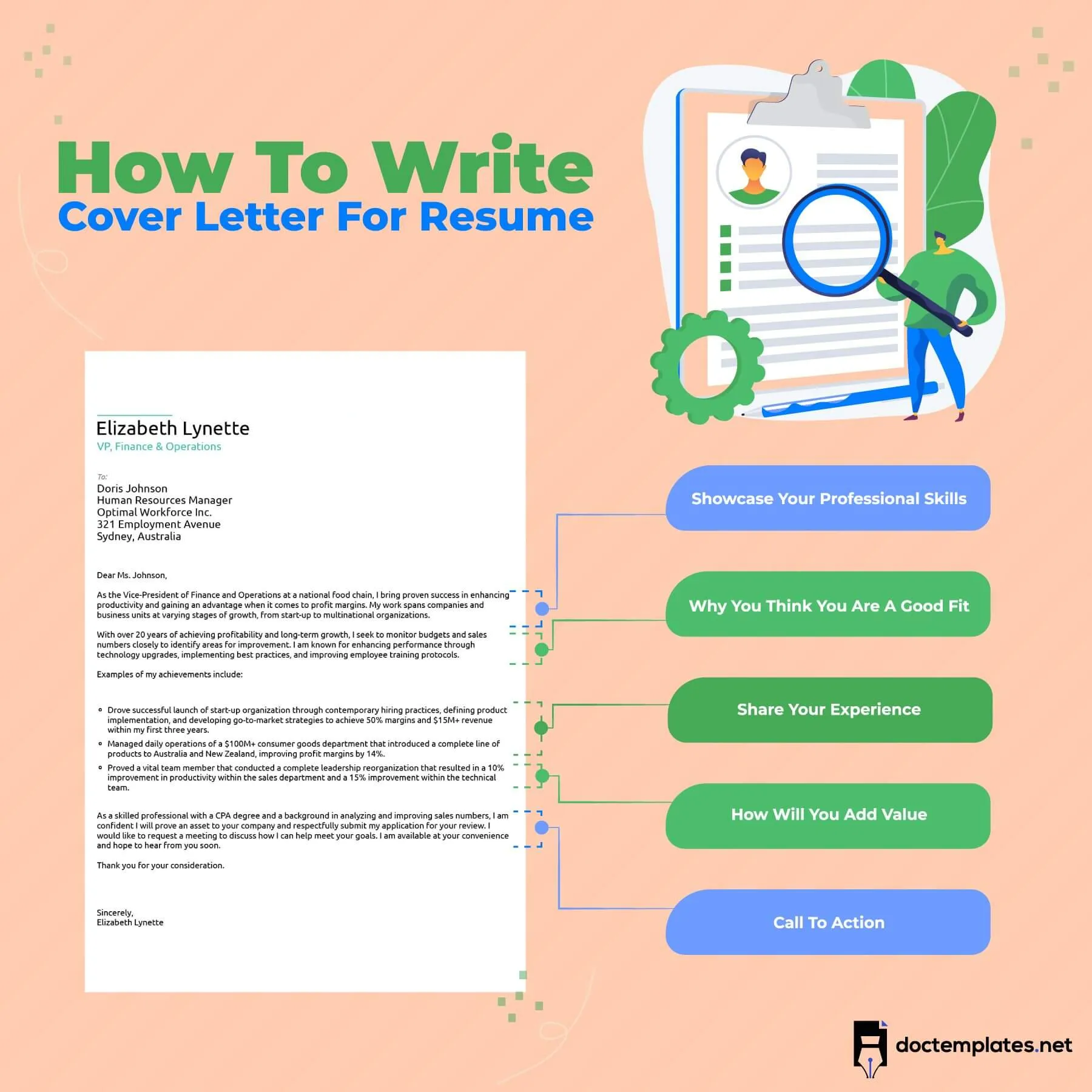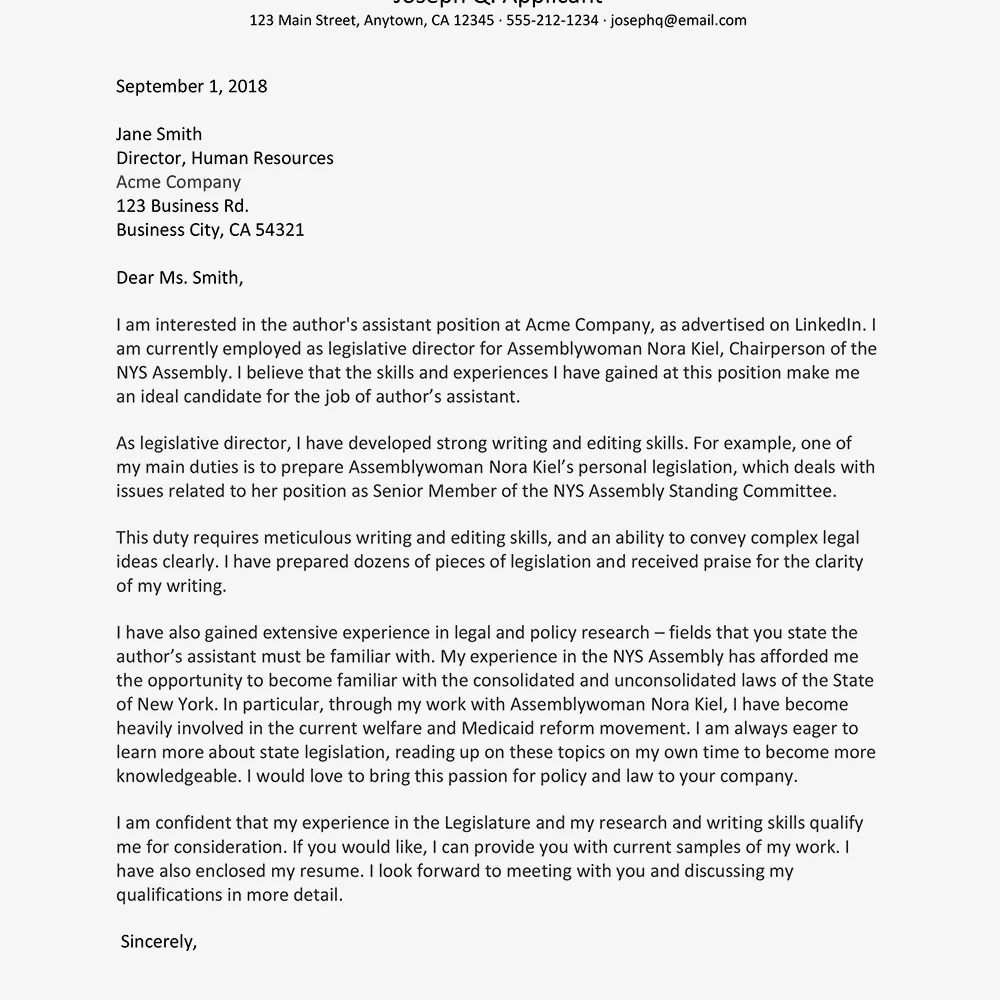Why Your Cover Letter Matters
In the competitive landscape of job applications, the cover letter is your first impression. It’s more than just a formality; it’s your chance to make a strong case for yourself and stand out from the crowd. A well-crafted cover letter can significantly increase your chances of landing an interview. It allows you to provide context to your resume, explain your career aspirations, and highlight the unique value you bring to a potential employer. It’s the opportunity to showcase your personality, communication skills, and enthusiasm for the role. Without a compelling cover letter, your resume might get lost in the pile, but with one, you can capture the hiring manager’s attention and demonstrate why you’re the perfect fit. Neglecting this crucial document is akin to leaving money on the table. Make your cover letter work for you, not against you.
The Purpose of a Cover Letter
The primary purpose of a cover letter is to introduce you, the applicant, to a potential employer and to express your interest in a specific position. Unlike your resume, which offers a brief overview of your skills and experience, a cover letter gives you the space to elaborate on your qualifications, explain your motivations for applying, and demonstrate your understanding of the company and the role. It’s where you connect your professional background to the requirements of the job. A cover letter also gives you the chance to personalize your application, showcasing your unique personality and communication style. This allows you to create a connection with the hiring manager before they even meet you in person. Moreover, a cover letter can address any gaps or inconsistencies in your resume and provide additional context for your career decisions. Remember, this document is not just a formality but a strategic tool to market yourself effectively.
Crafting a Compelling Opening

The opening of your cover letter is critical; it is the first thing a hiring manager will read and it needs to capture their attention immediately. Start with a strong hook that reflects your personality and aligns with the job requirements. Instead of generic greetings, try personalizing it by addressing the hiring manager directly if you can find their name. Express your enthusiasm for the position and the company, and clearly state why you are applying. Briefly mention how your skills and experiences align with the job description, creating an immediate connection between your qualifications and the role. Avoid clichés and generic phrases; instead, use language that is active, confident, and engaging. Consider mentioning a specific project or achievement that demonstrates your capabilities or mentioning a recent company achievement that resonates with you, signaling your genuine interest and preparation. The opening sets the tone for the rest of your letter; make it count.
Highlighting Your Skills and Experience
The body of your cover letter is where you showcase your skills and experience, providing supporting evidence to support the claims you make in your resume. Tailor this section to the specific requirements listed in the job description, demonstrating your understanding of the role and its expectations. Instead of simply listing your skills, provide concrete examples of how you have used those skills to achieve tangible results in previous roles. Use action verbs to describe your accomplishments, such as “managed,” “led,” “developed,” or “implemented.” Quantify your achievements whenever possible, using numbers and data to demonstrate your impact (e.g., “Increased sales by 15%”, “Managed a team of 10 employees”). When discussing your experience, focus on the most relevant aspects of your background. Connect your previous roles and responsibilities to the current job’s needs. Show how your past experiences have prepared you for this new opportunity. This alignment ensures that your cover letter is both relevant and persuasive.
Showcasing Your Achievements
Demonstrating your achievements is essential to convincing a hiring manager of your capabilities. This is the opportunity to go beyond listing your responsibilities and to highlight specific outcomes that showcase your value. Quantify your accomplishments with numbers and data to make them more compelling and easier to understand. For instance, instead of writing, “Improved customer service,” write “Improved customer satisfaction scores by 20% through implementing a new training program.” Focus on achievements that align with the job requirements and that demonstrate your key skills and competencies. Consider using the STAR method (Situation, Task, Action, Result) to structure your examples, providing context and highlighting the actions you took and the results you achieved. This method helps create a clear and concise narrative that emphasizes your abilities and contributions. When possible, include examples of how your achievements benefited previous employers or teams. By providing concrete, measurable achievements, you demonstrate your ability to deliver results and make a significant contribution to the new role.
Matching Your Cover Letter to the Job Description

Customization is key to writing a cover letter that resonates with the hiring manager. Carefully review the job description and identify the key skills, experiences, and qualifications the employer is looking for. Tailor your cover letter to directly address these requirements. Use the same keywords and phrases from the job description in your cover letter, but be careful not to overuse them to avoid sounding artificial or repetitive. Demonstrate how your skills and experiences align with each of the listed requirements. Provide specific examples that prove your capabilities and showcase your value proposition. Customize your cover letter for each job you apply for, and avoid using a generic template. Research the company and the role to understand the company’s culture, mission, and values. Then, in your cover letter, express your genuine interest in the company and explain why you’re excited about the opportunity, mentioning specific projects or aspects of the company that you admire or feel aligned with your skills. Showing this level of customization demonstrates that you are genuinely interested in the position and that you have taken the time to understand the company’s needs.
Tailoring Your Cover Letter
Tailoring your cover letter goes beyond simply matching keywords; it involves personalizing the content to reflect your unique strengths, your understanding of the company, and the specific requirements of the role. To start, research the company thoroughly. Visit their website, read their press releases, and review their social media presence to gain insights into their culture, values, and current projects. Then, use this information to demonstrate your genuine interest and align your skills and experiences with the company’s goals. If possible, personalize your cover letter by addressing the hiring manager by name. This shows that you have invested time in your application and are eager to connect. Furthermore, highlight your unique value proposition. Identify what makes you stand out from other candidates. Emphasize your skills, experiences, and achievements that are most relevant to the job and that differentiate you from the competition. By demonstrating your understanding of the company and the role, you make a stronger case for why you are the ideal candidate.
The Importance of Professional Formatting
Professional formatting is a critical, yet often overlooked, element of a successful cover letter. A well-formatted cover letter conveys professionalism, attention to detail, and respect for the hiring manager. Choose a clean and easy-to-read font, such as Arial, Calibri, or Times New Roman, with a font size between 10 and 12 points. Use standard one-inch margins and single or 1.15 line spacing to create a visually appealing layout. Divide your cover letter into clear sections with headings and subheadings, making it easier for the reader to navigate the document. Keep your paragraphs concise and well-structured. Use bullet points or numbered lists to present information clearly and concisely. Proofread your cover letter carefully for any grammatical errors or typos. A poorly formatted cover letter can undermine your credibility, so take the time to ensure that your document is polished and professional. Using a professional format makes it easy for the hiring manager to read.
Key Formatting Elements

When formatting your cover letter, pay attention to several key elements that contribute to its overall professionalism and readability. Begin by including your contact information at the top of the document, including your name, phone number, email address, and LinkedIn profile URL. Ensure your contact information is easy to find and accurate. Use a formal and professional salutation, such as “Dear Mr. / Ms. [Last Name],” if you know the hiring manager’s name, or “Dear Hiring Manager,” if you don’t. Maintain a consistent style throughout your cover letter, including font, margins, and spacing. Avoid using excessive bolding, italics, or underlining, as this can distract from the content. Include a professional closing, such as “Sincerely” or “Best regards,” followed by your typed name. Maintain a professional tone throughout the document, using formal language and avoiding slang or colloquialisms. Adhering to these key formatting elements ensures your cover letter is polished and professional.
Proofreading and Editing for Perfection
Proofreading and editing are the final steps in crafting a winning cover letter, and they are crucial to ensure your application is flawless. After you have written your cover letter, take a break from it for a few hours or even a day. Then, return to it with fresh eyes. Read through your cover letter carefully, checking for any grammatical errors, typos, and inconsistencies in your writing. Use a grammar and spell-checking tool, but don’t rely on it entirely. These tools can miss errors, so you should still read through your document manually. Ask a friend, colleague, or career counselor to review your cover letter. A second pair of eyes can catch errors that you might have missed. Ensure that your cover letter flows logically and that each paragraph contributes to your overall message. Revise any sections that are unclear or poorly written. Consider your tone and ensure that your language is professional, confident, and enthusiastic. By meticulously proofreading and editing your cover letter, you demonstrate your attention to detail and your commitment to excellence.
